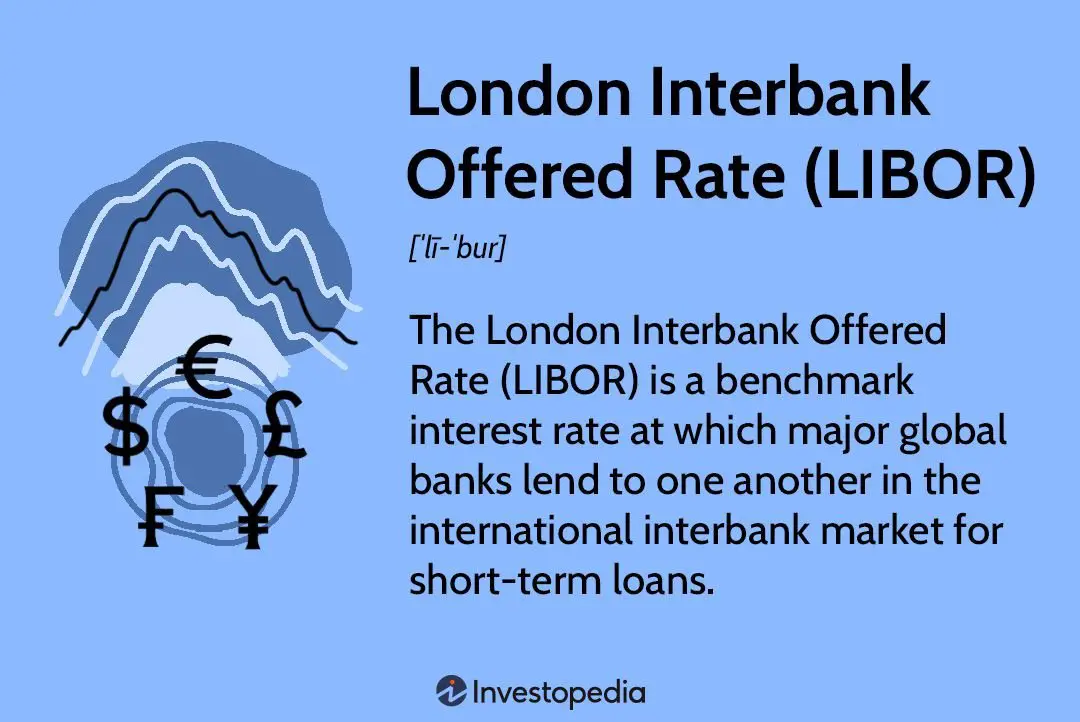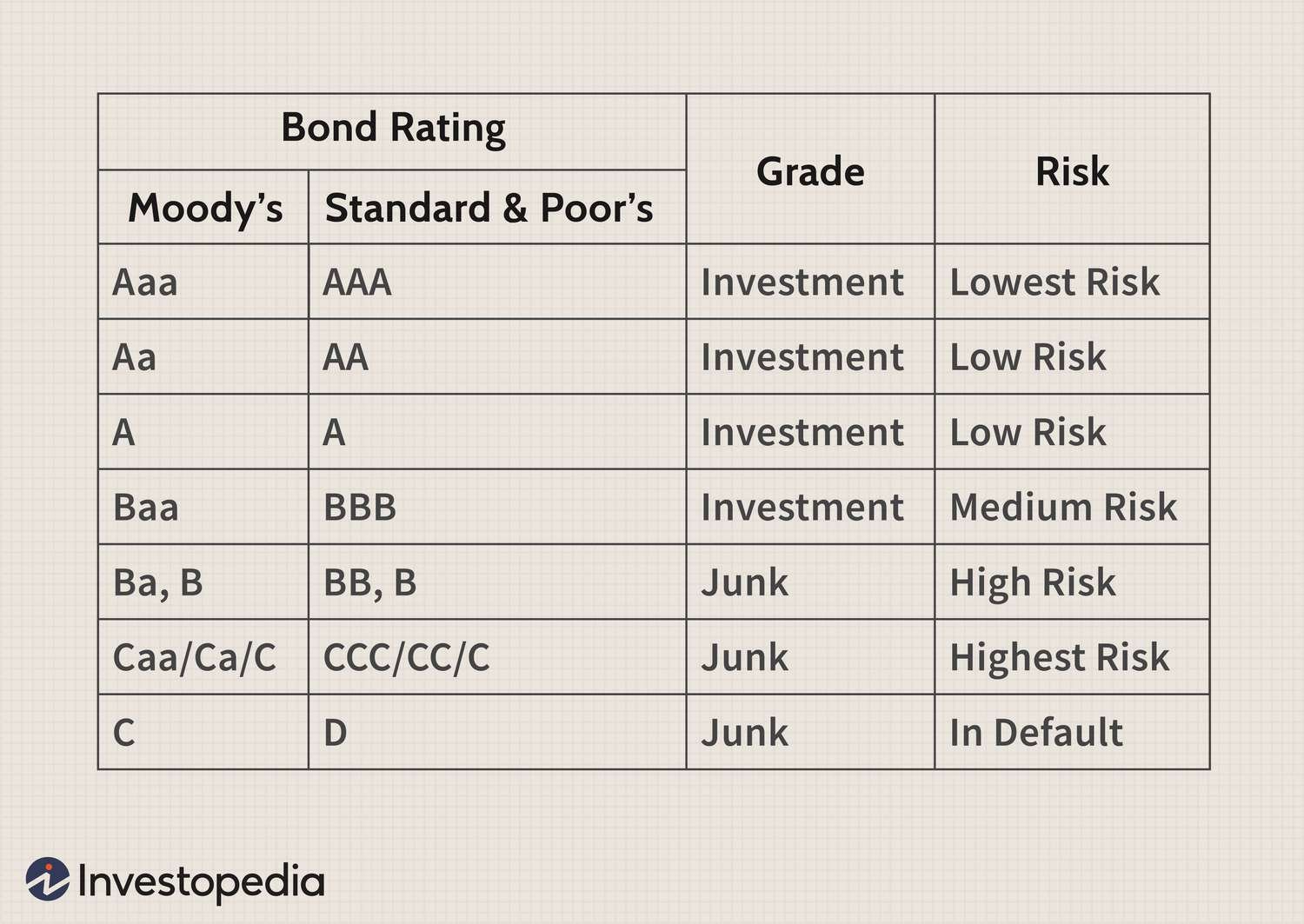Are you curious about what the interbank lending rate is and how it impacts the financial world? Well, you’ve come to the right place! In this blog article, we will delve into the details of the interbank lending rate, unraveling its significance and shedding light on its role in the global economy. Understanding the interbank lending rate is essential for grasping the intricacies of how banks and financial institutions function and interact. So, let’s dive in and explore what the interbank lending rate truly entails.
What is Interbank Lending Rate?
Interbank lending rate, also known as interbank offered rate (IBOR), is a benchmark interest rate that represents the average interest rate at which banks lend and borrow funds from one another in the interbank market. It serves as a vital reference point for various financial transactions, including short-term loans, derivatives, and other financial instruments.
The interbank lending rate acts as a key indicator of the health and liquidity of the banking system. It impacts a wide range of stakeholders, from banks and financial institutions to consumers and businesses. Understanding the dynamics of interbank lending rates is crucial for financial stability, monetary policy formulation, and risk management.
The Role of Interbank Lending Rates
Interbank lending rates play a fundamental role in the functioning of the financial system. Here are some key aspects to consider:
- Market Liquidity: Interbank lending rates reflect the availability of funds in the market and the willingness of banks to lend to each other. Higher lending rates may indicate a tight liquidity situation, while lower rates suggest surplus liquidity.
- Monetary Policy: Central banks monitor interbank lending rates closely as they provide insights into the overall interest rate environment. These rates influence monetary policy decisions, such as setting key policy rates and managing inflation.
- Reference Rates: Interbank lending rates act as reference rates for various financial products. Lenders commonly use these rates as a benchmark to determine the interest rates charged on loans, mortgages, and other credit facilities.
Types of Interbank Lending Rates
Several interbank lending rates exist around the world, with each country having its own preferred benchmark rate. The most commonly recognized interbank lending rates include:
1. London Interbank Offered Rate (LIBOR)
LIBOR is the most widely used interbank lending rate globally. It is calculated based on submissions from a panel of major banks in London. LIBOR serves as the benchmark rate for various financial contracts, including adjustable-rate mortgages, derivatives, and corporate loans.
However, LIBOR is being phased out and replaced by alternative reference rates. The transition is driven by concerns of manipulation and the need for a more robust and reliable benchmark.
2. Euro Interbank Offered Rate (EURIBOR)
EURIBOR is the interbank lending rate for the Eurozone. It provides the average interest rate at which Eurozone banks lend to each other. EURIBOR is calculated based on a panel of major Eurozone banks and serves as the reference rate for various financial contracts denominated in euros.
3. Hong Kong Interbank Offered Rate (HIBOR)
HIBOR represents the interbank lending rate in Hong Kong. It is widely used as the benchmark rate for Hong Kong dollar-denominated financial products, including loans and derivatives. HIBOR is determined based on the submissions from 20 participating banks.
4. Tokyo Interbank Offered Rate (TIBOR)
TIBOR is the interbank lending rate in Japan. It provides the average interest rate at which Japanese banks lend to one another. TIBOR serves as the benchmark rate for various financial contracts denominated in Japanese yen.
The Determinants of Interbank Lending Rates
Interbank lending rates are influenced by various factors that affect the supply and demand dynamics in the interbank market. Some of the key determinants include:
- Monetary Policy: Central bank actions, such as changes in policy rates and open market operations, impact interbank lending rates. Tightening monetary policy can lead to higher interbank rates, while easing monetary policy can lower rates.
- Market Conditions: The overall market conditions, including liquidity levels, economic indicators, and financial market volatility, influence interbank lending rates. Banks assess these conditions to price their lending and borrowing activities.
- Credit Quality: The creditworthiness of banks affects the rates at which they borrow or lend in the interbank market. Banks with better credit quality can access funds at lower rates, while those with higher credit risk may face higher borrowing costs.
- Perception of Risk: The perceived risk in the banking system and the broader economy can impact interbank lending rates. Uncertainty, financial distress, or concerns about counterparty risk can lead to higher rates.
The Implications of Interbank Lending Rates
Interbank lending rates have widespread implications for various stakeholders and the overall economy. Some of the key implications include:
- Cost of Borrowing: Changes in interbank lending rates directly impact the cost of borrowing for banks, businesses, and consumers. Higher rates increase borrowing costs, making loans and other credit facilities more expensive.
- Interest Rate Transmission: Interbank lending rates serve as a reference point for determining lending rates in the broader economy. Changes in these rates often influence the interest rates offered on mortgages, personal loans, and other forms of credit.
- Financial Stability: Interbank lending rates reflect the overall health of the banking system. Unusually high or volatile rates can be indicative of financial stress, liquidity shortages, or systemic risks.
- Investment Decisions: Interbank lending rates impact investment decisions for individuals, businesses, and institutional investors. Higher rates may make fixed-income investments more attractive, while lower rates may encourage borrowing and risk-taking.
In conclusion, interbank lending rates are critical benchmarks that shape the functioning of the financial system. These rates provide insights into market liquidity, influence monetary policy, and serve as reference rates for various financial transactions. Understanding the determinants and implications of interbank lending rates is essential for managing risks, making informed financial decisions, and promoting stability in the financial landscape.
What is an interbank rate? – Statrys Forex 101
Frequently Asked Questions
Frequently Asked Questions (FAQs)
What is the interbank lending rate?
The interbank lending rate refers to the interest rate at which banks lend funds to each other on a short-term basis. It is the rate at which banks borrow and lend money among themselves in the interbank market.
How is the interbank lending rate determined?
The interbank lending rate is determined by the supply and demand of funds in the interbank market. It is influenced by various factors such as the prevailing economic conditions, central bank policies, liquidity in the banking system, and the creditworthiness of the participating banks.
Why is the interbank lending rate important?
The interbank lending rate is important as it serves as a benchmark for pricing various financial products and determining the overall cost of borrowing in the economy. It affects interest rates on loans, mortgages, and other forms of credit offered to businesses and individuals.
Who participates in the interbank lending market?
Banks, financial institutions, and other authorized entities participate in the interbank lending market. These entities lend and borrow funds from each other to manage their short-term liquidity needs, meet regulatory requirements, and optimize their balance sheets.
How does the interbank lending rate affect consumers?
The interbank lending rate indirectly impacts consumers through its influence on overall interest rates. Higher interbank lending rates can lead to an increase in borrowing costs for banks, which may be passed on to consumers in the form of higher interest rates on loans and credit products.
What are the key factors that affect fluctuations in the interbank lending rate?
Fluctuations in the interbank lending rate can be influenced by factors such as changes in monetary policy, economic indicators (e.g., inflation rates, unemployment levels), market sentiment, financial market stability, and the availability of liquidity in the banking system.
Are interbank lending rates the same globally?
No, interbank lending rates can vary across different countries and regions. Each financial market operates under its own set of conditions, including local economic factors, regulatory frameworks, and market dynamics, which can result in variations in interbank lending rates.
How often is the interbank lending rate updated?
The interbank lending rate is typically updated on a daily basis, as it reflects the prevailing conditions in the interbank market. However, the frequency of updates may vary depending on the specific interbank market and the transparency of rate-setting mechanisms in that particular region.
Final Thoughts
The interbank lending rate refers to the interest rate at which banks borrow funds from each other in the interbank market. It serves as a benchmark for determining the cost of short-term borrowing and influences other interest rates in the economy. Banks often use the interbank lending rate as a reference when setting their own lending rates for consumers and businesses. By understanding the interbank lending rate, individuals and businesses can better comprehend the factors that impact borrowing costs and make informed financial decisions.



